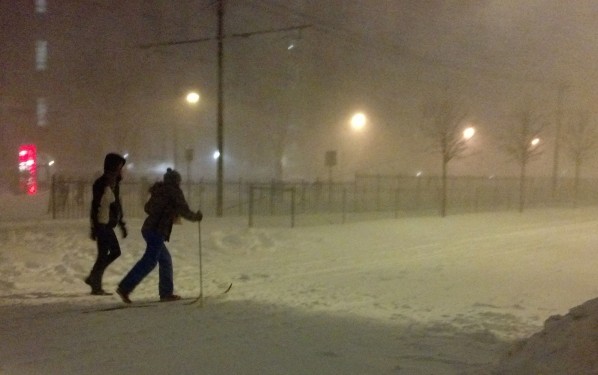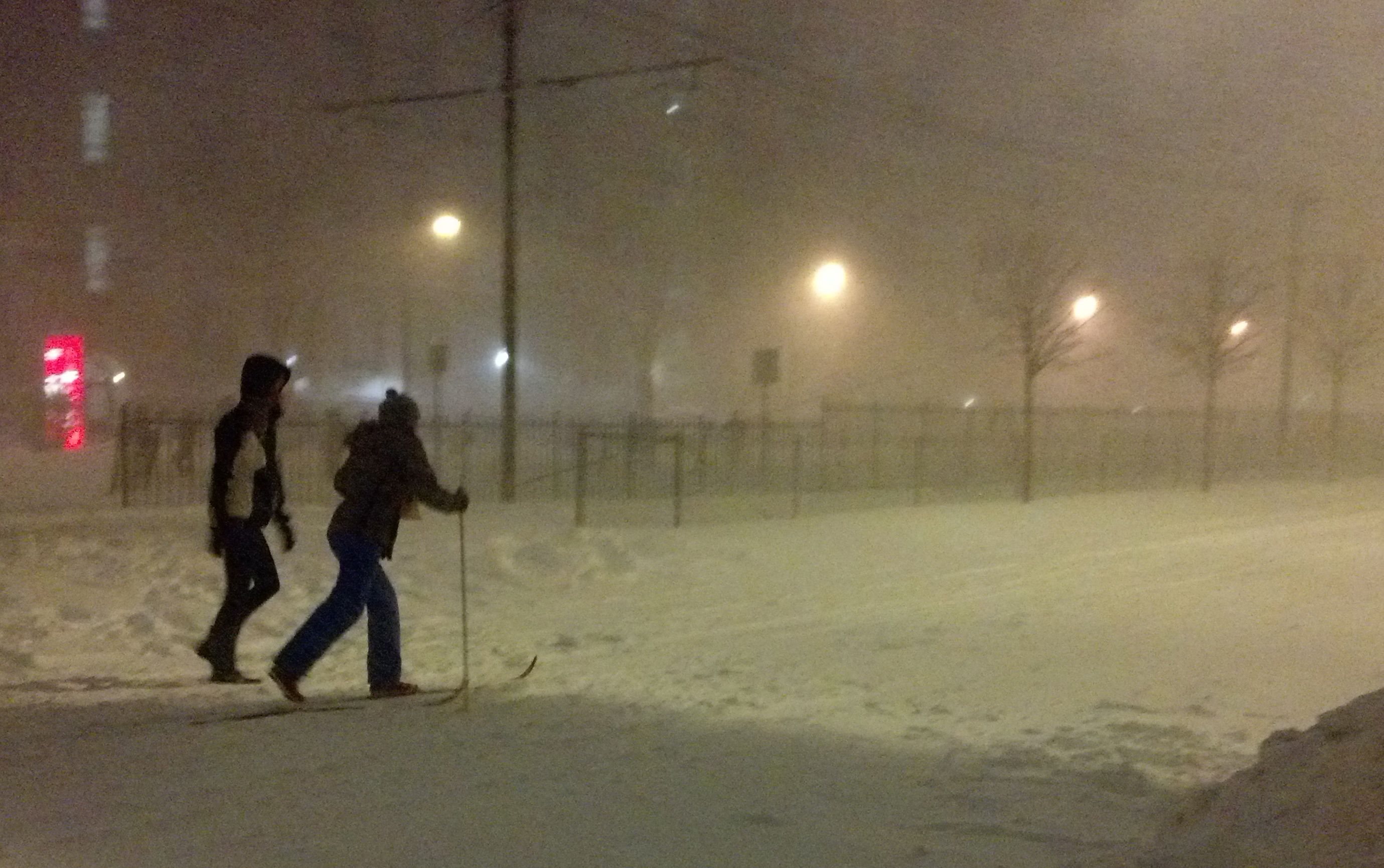
To all those familiar with my previous post about snow, let me start off by saying yes, I am happy.
As we all know, Friday afternoon into early Saturday morning, a storm named Nemo dumped 30 inches of snow accompanied by blizzard winds. In Boston, total snowfall amounted to 24.9 inches, making it the fifth biggest storm in the city’s history since 1935.
The storm came during what was otherwise an unusually dry winter for Boston and only months after Hurricane Sandy. Like those events, Nemo is one of an increasing number of changes in weather patterns scientists say may be a result of global warming.
Although it may seem counterintuitive for a blizzard to be the result of global warming, the Huffington Post’s green blog and the Union of Concerned Scientists (UCS) both posted discussions about why this could be the case.
(As a side note, the term “global warming” may be deceiving. Although the earth is warming, winter still exists, which is why it’s sometimes helpful to think about how global warming changes the climate).
The key to global warming’s effect in storms like Nemo is the extra moisture evaporating from the surface of the earth and being added to the atmosphere as a result of temperature increases. Snowstorms are caused by collisions of warm, moist air with cooler air that causes moisture to freeze and turn into snow. The more moisture in the equation, the more precipitation.
This same increase in moisture in the atmosphere can also lead to an increased frequency of tropical storms, which is why people started talking about climate change in the wake of Hurricane Sandy.
The Huffington Post and UCS each point out addition results of climate change that add to the atmosphere’s ability to produce storms like Nemo.
Kevin Trenberth of the Climate Analysis Section at the National Center for Atmospheric Research in Colorado told the Huffington Post that the best temperature for snow is just below freezing because as temperature decreases, so does the air’s ability to hold moisture. Although this winter hasn’t exactly been tropical, a warming climate increases the likelihood of such conditions in the future.
On the other side of the equation, UCS explains why frigid, arctic winds are becoming easier to come by. Normally, a “polar vortex” of cold, low-pressure air is trapped above the Arctic by surrounding high-pressure air. In recent years, shorter and warmer winters have melted arctic ice faster and prevented it from refreezing fast enough, which can destabilize the polar vortex by raising the pressure inside of it. This, USC explains, can allow the arctic air inside it to break free.
The combination of more warm, moist air and cooler arctic air increases the possibility of the two meeting and causing severe winter storms like Nemo. That being said, and as the Huffington Post points out, these facts hardly mean that Nemo was the result of global warming. The blog cites Jeff Masters, a climatologist and founder of Weather Underground, who says the number of intense snowstorms in the Northeast hasn’t increased in the last three to four decades. On the contrary, he says, warmer winters actually mean a shorter snowy season.
So what can we gather from these changes in climate? Scientists at USC say that if global warming is allowed to continue to change the climate like it has, storms like Nemo and Hurricane Sandy will occur more frequently than ever before.

